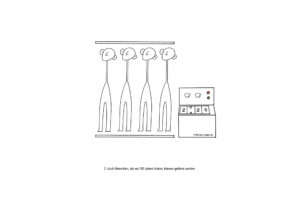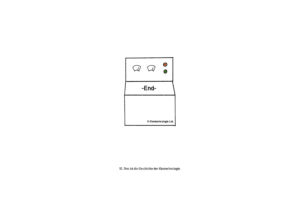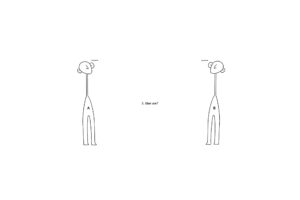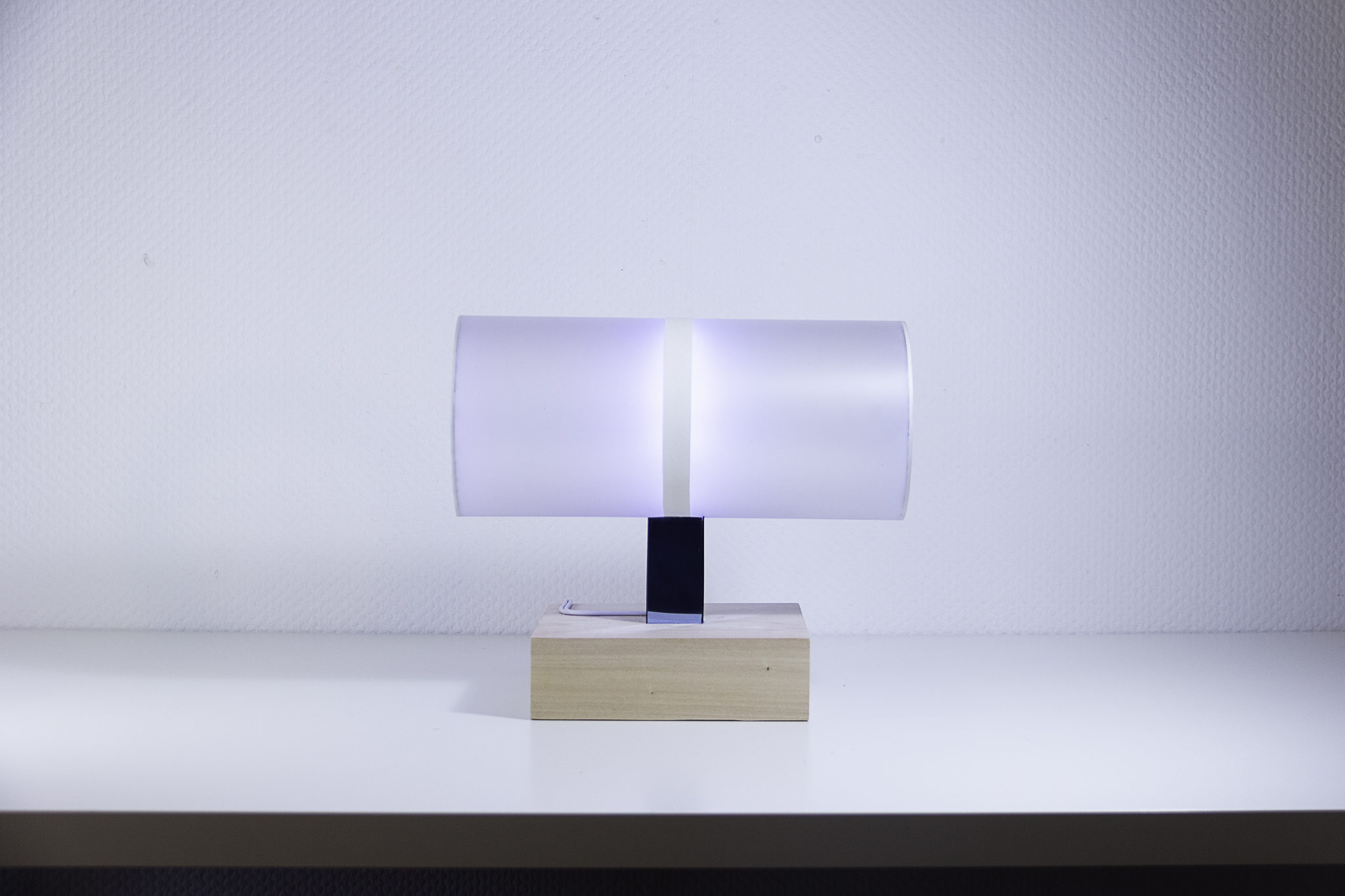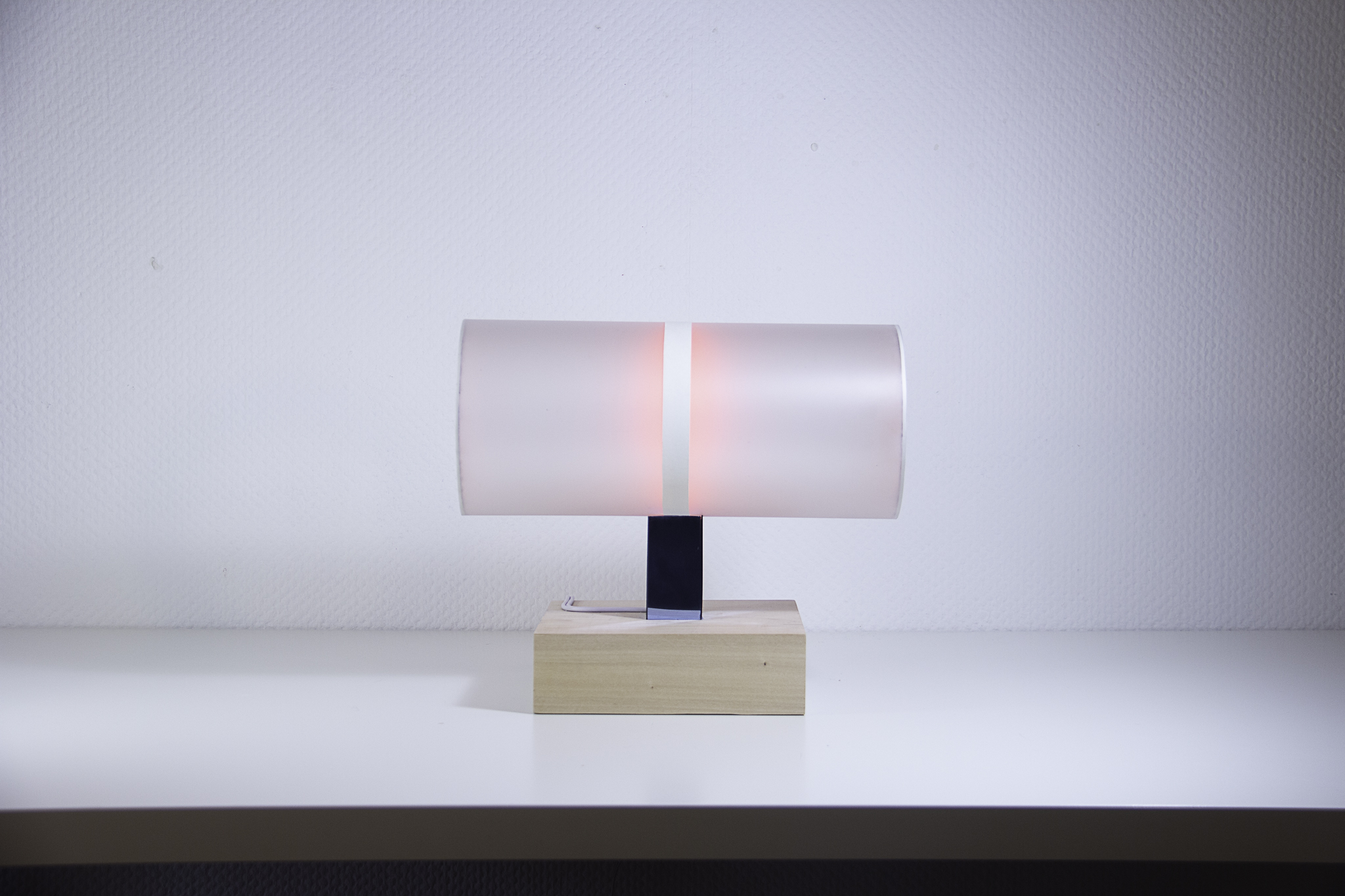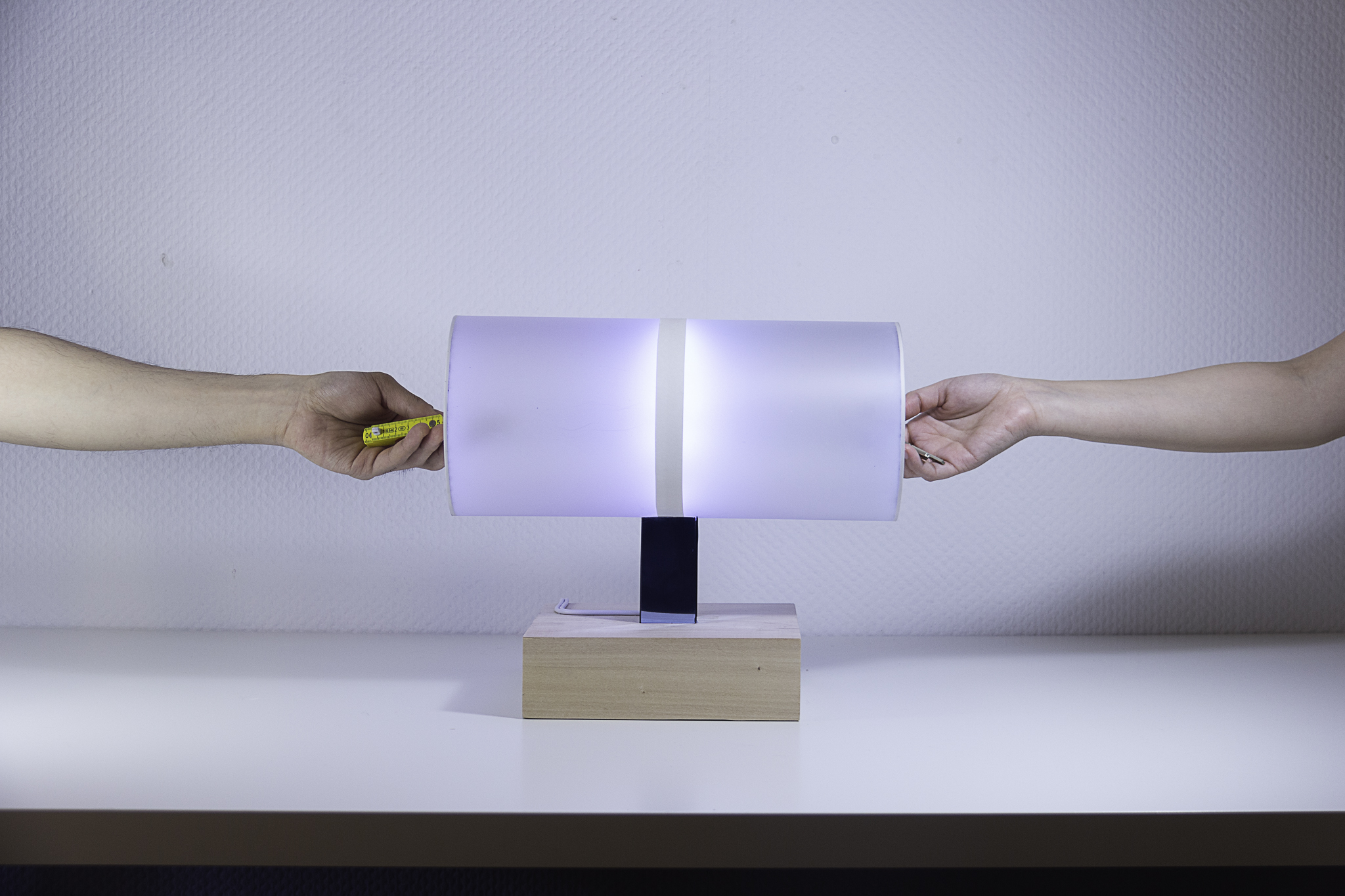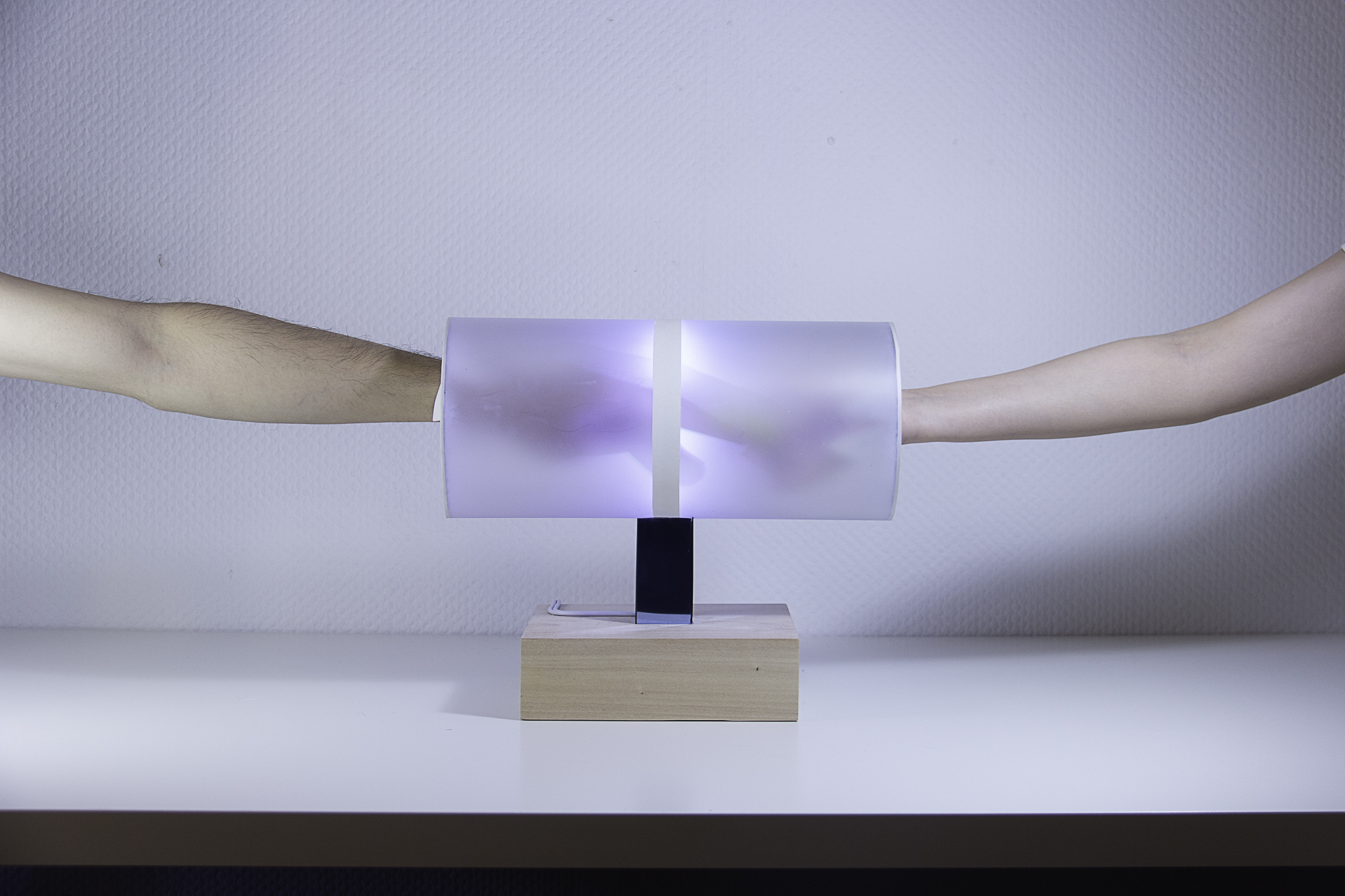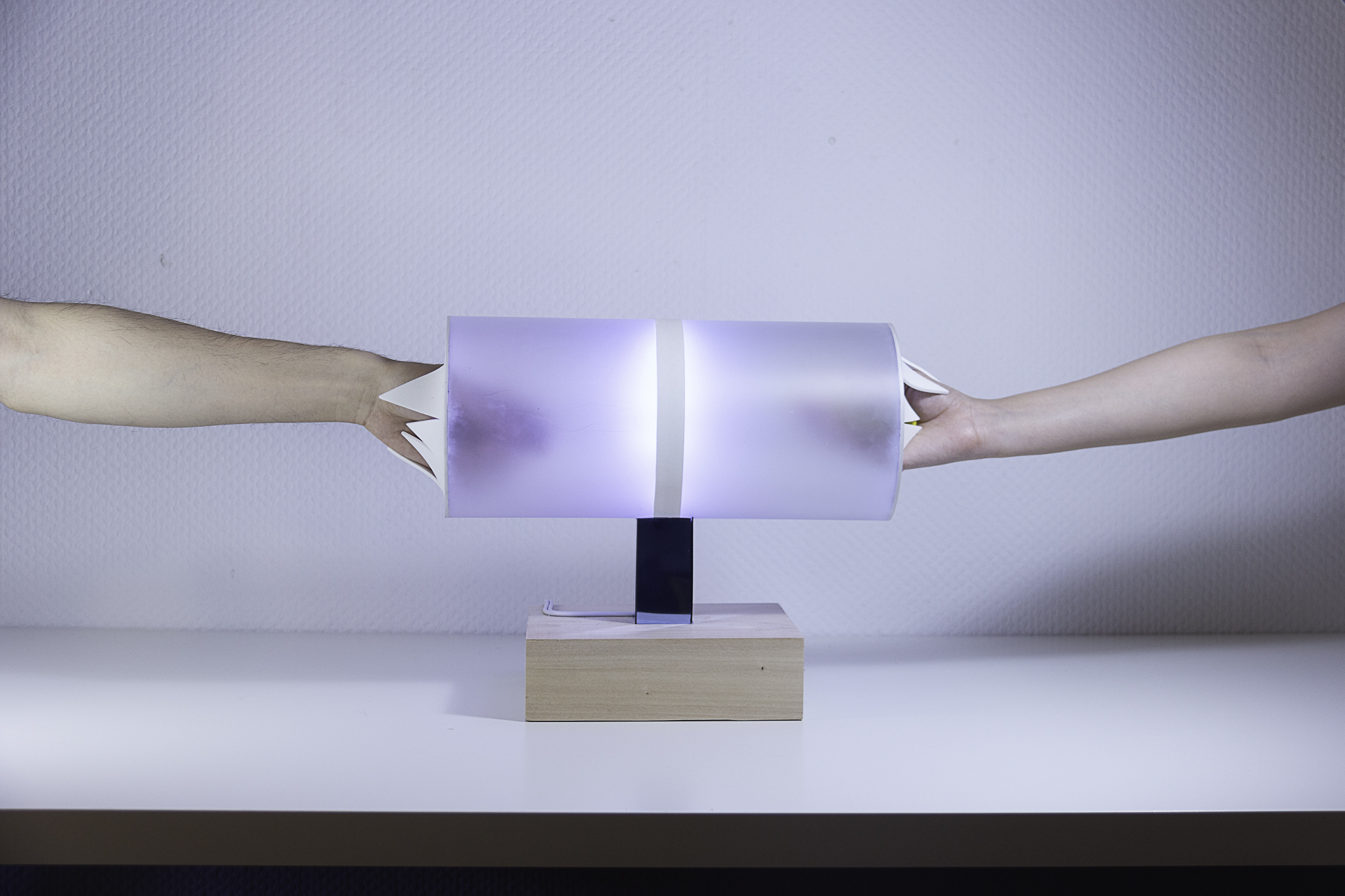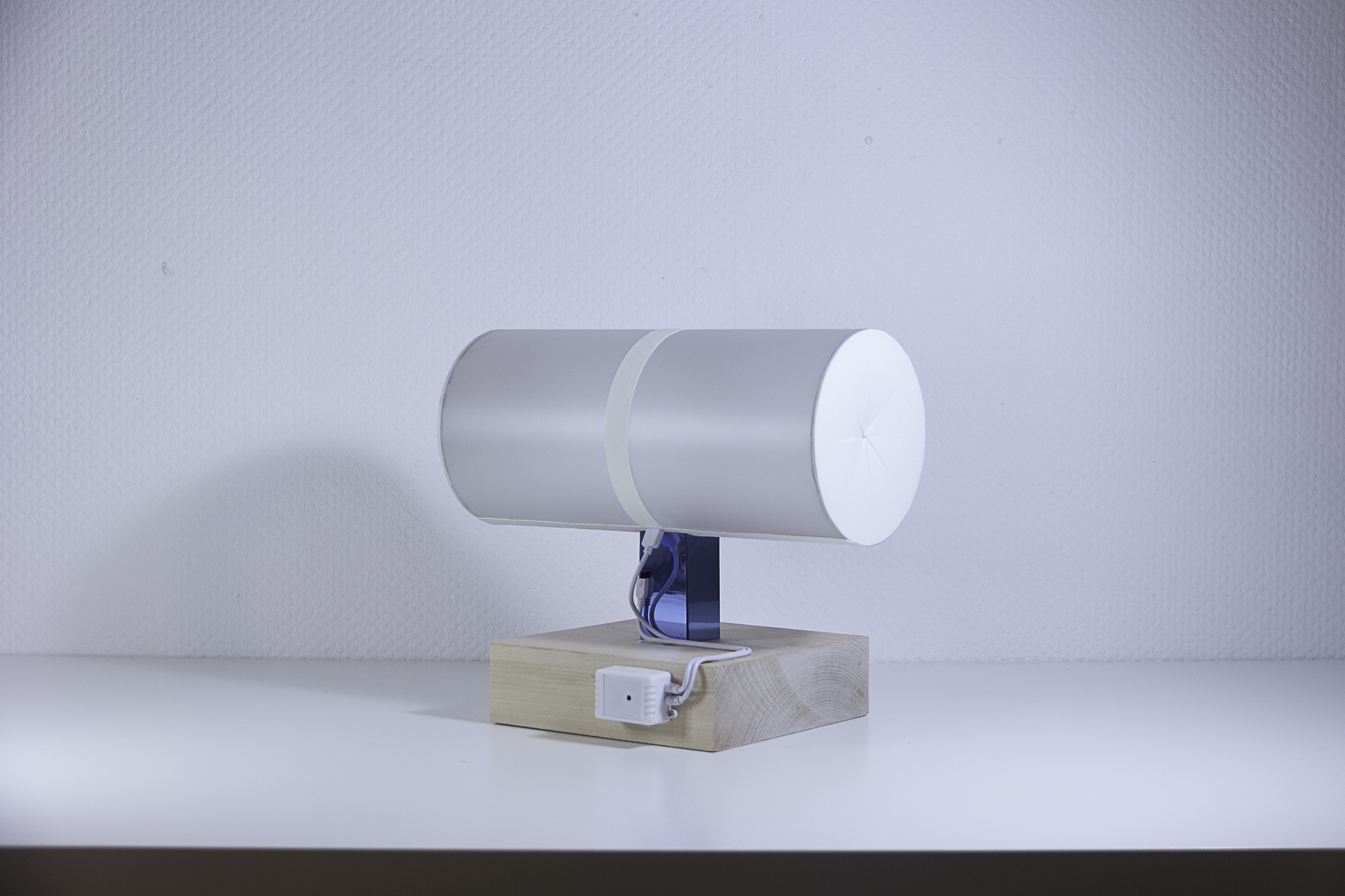Klontechnologie
The power of ordinary
Die Klontechnologie
1. Im Jahr 2120 durfte nach Überprüfung der Vereinten Nationen die Technologie des menschlichen Klonens eingesetzt werden.
2. Auch Menschen, die vor 100 Jahren lebten, können geklont werden.
3. Aufgrund technologischer Einschränkungen können Menschen jedoch keine vollständigen Erinnerungen klonen. Die Erinnerungen können nur in zwei Klone unterteilt werden.
4. Um eine vollständige Erinnerung zu erhalten, müssen die beiden Klone sich gegenseitig helfen und die Erinnerung austauschen.
5. Aber wie?
… …
The power of ordinary
The clone technology
1. In 2120, after deliberation by the UN, human cloning technology was allowed to be put into use.
2. People who lived 100 years ago can also be cloned.
3. Aufgrund technologischer Einschränkungen können Menschen jedoch keine vollständigen Erinnerungen klonen. Die Erinnerungen können nur in zwei Klone unterteilt werden.
4. To get a complete memory, the two clones must help each other and exchange the memory.
5. But how?
… …
Gestaltung der Narration “Gegenseitiges Helfen”
Das Original von der Narration „Die Klontechnologie“ stammt aus einer alten Fabelgeschichte: der Geschichte der Blinden und Lahmen. Als der Blinde einen Lahmen traf, beschlossen sie, sich gegenseitig zu helfen. Der Blinde wurde zum Bein des Lahmen, und der Lahme wurde zum Auge des Blinden, damit sie weitergehen konnten. Diese Geschichte kann vereinfacht werden als: Zwei Subjekte mit jeweils eigenen Fehlern helfen sich gegenseitig, gemeinsam eines zu erreichen.
Fokus auf der Bühne
Der Austausch von Erinnerungen ist der Kern der ganzen Geschichte. Wir müssen die Protagonisten auf der Bühne dieser Handlung arrangieren. Zuallererst sind Menschen die Protagonisten-Klone. Sie sind Teilnehmer und Erlebende dieses Rituals. Als nächstes sollten die Form und das Gefäß der Erinnerung bestimmt werden. Alltagsgegenstände, die stet mit uns auskommen, werden zum besten Erinnerungsträger. Was am Ende fehlt, ist die Art und Weise, wie die Kernhandlung der Geschichte zustande kommt, in der das Design stattfinden soll. Im alten China und in Westasien gab es ein Verhandlungsritual, das das Gold im Ärmel genannt wurde. Zwei Geschäftsmänner handeln durch die Gebärdensprache in ihren Ärmeln. In Anlehnung an dieses alte Ritual tauschen die beiden Klone Objekte aus, die ihre eigenen Erinnerungen tragen, um das Teilen von Erinnerungen zu vervollständigen.
Design of the narration “help each other”
The original of the narrative „The Clone Technology“ comes from an old fable story: the story of the blind and the lame. When the blind man met a lame, they decided to help each other. The blind man became the leg of the lame man, and the lame man became the blind man’s eye so that they could carry on. This story can be simplified as: Two subjects, each with their own mistakes, help each other to achieve one together.
Focus on stage
The exchange of memories is at the core of the whole story. We have to arrange the protagonists on the stage of this action. First of all, men are the protagonist clones as participant and experiencer of this ritual. Next, the form and vessel of memory should be determined. Daily objects that get along with us become the best memorial. What is missing in the end is how the core storyline comes about in which the design is to take place. In ancient China and West Asia, there was a negotiation ritual called „the gold in sleeve“. Two businessmen act through the sign language in their sleeves. Following this ancient ritual, the two clones exchange objects to complete the sharing of memories.
Cloning in the future has changed the focus of the story from blind and lame with specific characteristics to a larger and more universal context. Memory is an abstract, complex experience that comes back to life. The exchange of memories is considered the most important act in the narration in order to make room for the insertion of daily objects. The attitude of dividing the memory into two parts offers the narrative more options.
The Power of ordinary
Genau wie die in allegorische Geschichte von Blinden und Lahmen sind Blinde und Lahme nur die repräsentative Protagonisten der Geschichte, und in der Geschichte geht es um gegenseitige Hilfe zwischen Menschen. Das Ziel der Narration „die Klontechnologie“ ist es nicht, zukünftige Technologien und die Ethik des menschlichen Klonens zu diskutieren, sondern die Kraft alltäglicher Objekte zu zeigen. Alltagsgegenobjekte haben als Teilnehmer und Zeugen unseres Lebens eine sehr enge Verbindung (Erinnerung) mit uns, und obwohl ihre Kraft nicht auffällt, sind sie sehr stark und können Erinnerungen stet weiter bewahren.
… …
6. Es stellt sich heraus, dass Alltagsobjekte im Leben zu einem Träger der Erinnerung geworden sind. Diese Objekte enthalten Erinnerungen von vor 100 Jahren. Menschliche Klone können Erinnerungen austauschen, indem sie Alltagsobjekte austauschen.
7. Über dieses Gerät können Klone tägliche Objekte austauschen, um das Teilen von Erinnerungen zu vervollständigen.
8. Menschliche Klone können auch Erinnerungen teilen, indem sie riesige Objekte wie Häuser austauschen.
9. Mit Hilfe von Alltagsobjekte erhalten die Klone eine vollständige Erinnerung.
10. Dies ist die Geschichte der Klontechnologie.
11. Hmmm…
12. Das ist wirklich ein interessantes Buch, oder?
13. Jetzt weißt du, warum wir Alltagsobjekte schätzen, weil sie die Träger unserer Erinnerung sind. Wenn du möchtest, dass deine Klone nach 100 Jahren Erinnerungen miteinander austauschen können, solltest du ab jetzt Alltagsobjekte gut behandeln.
14. Oben ist die Geschichte “The power of ordinary”.
The power of ordinary
Just like the allegorical story of the blind and the lame, the blind and the lame are only the representative protagonists of their own history, but in history of „cloning technology“ is about helping each other. The goal of the narrative „cloning technology“ is not to discuss future technologies and the ethics of human cloning, but to show the power of daily objects. Daily objects as participants and witnesses of our life. They have a very close connection (memory) with us, and although their strength is not noticeable, they are so strong and can keep memories alive.
6. It turns out that daily objects in life have become a carrier of memory. These objects hold memories from 100 years ago. Human clones can exchange memories by exchanging daily objects.
7. This device allows clones to exchange daily items to complete memory sharing.
8. Human clones can also share memories by exchanging huge objects, such as houses.
9. With the help of everyday objects, the clones receive a complete memory.
10. This is the story of cloning technology.
11. Hmmm… …
12. This is really an interesting book, isn’t it?
13. Now you know why we value everyday objects because they are the bearers of our memories. If you want your clones to be able to exchange memories with each other after 100 years, you should treat everyday objects well from now on.
14. And this is the story about “The power of ordinary”.
Prozess

